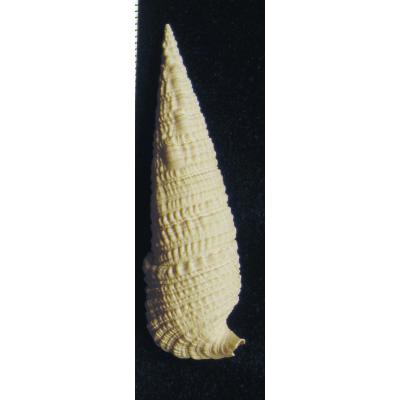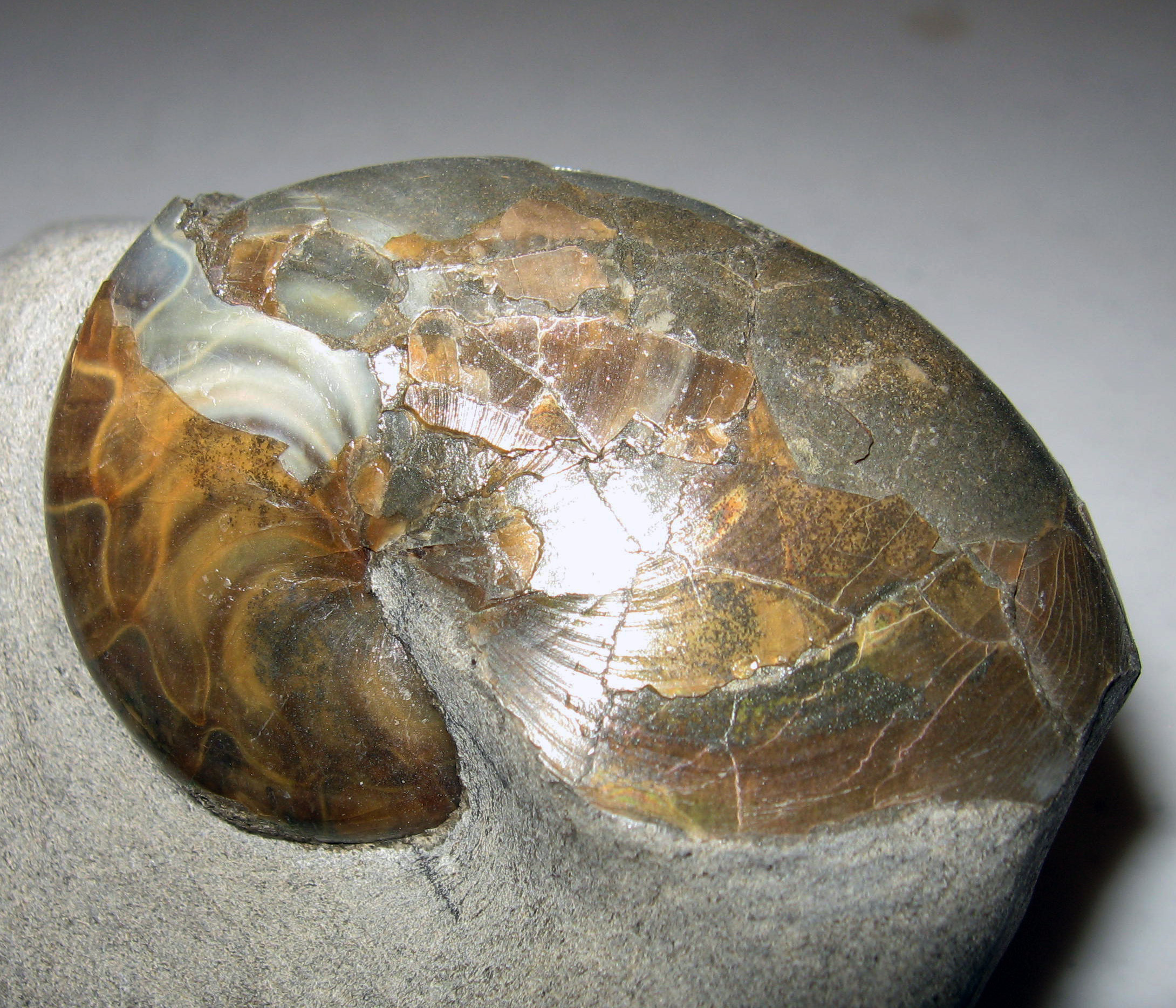
Posted in: Exhibitions
 A fossil Aturia angustata, Stonerose Interpretive Center, Gary Eichhorn Ammonite Collection. By Kevmin - Own work, CC BY-SA 3.0.
The city of Republic in Washington State offers visitors an exclusive opportunity to hunt for fossils at Stonerose Interpretive Center. Located about three hours southeast of Kelowna, BC in Canada, Stonerose boasts many fossils never seen before. For instance, they have leaf fossils from the earliest species of roses known to man.
A fossil Aturia angustata, Stonerose Interpretive Center, Gary Eichhorn Ammonite Collection. By Kevmin - Own work, CC BY-SA 3.0.
The city of Republic in Washington State offers visitors an exclusive opportunity to hunt for fossils at Stonerose Interpretive Center. Located about three hours southeast of Kelowna, BC in Canada, Stonerose boasts many fossils never seen before. For instance, they have leaf fossils from the earliest species of roses known to man.
Volcanic & Tectonic Geography
All of the fossils on display at Stonerose were discovered in Republic. Millions of years ago, this area of Washington State featured an ancient lake. During the Tertiary Period (65 million years ago), volcanic and tectonic activity formed the geographical region that hosts the town of Republic now. About 10 to 12 million years later, during the Eocene Period, a lake presided in the area. The ecosystem which developed in and around the lake featured plants, insects, and fish the likes of which are seen nowhere else in Eocene layers on earth. Geologists speculate that the geology of this region supported a warm, moist climate. This nearly tropical climate supported broad-leaved trees which now only grow in the southeastern states, as well as plants which now only grow in the Far East. Over the following 50 million years or so, more volcanic activity obliterated the lake. This obliteration resulted in layer after layer of shale, volcanic ash which hardened into sedimentary rock. Within these layers of shale, imprints of flowers, leaves, insects, and fish skeletons lie hidden, waiting to be discovered.Stonerose History
In the early 1900s, gold diggers flocked to Washington State. In the region northwest of Spokane, the city of Republic grew and flourished in support of these miners. These early prospectors, digging in the Eocene lakebed sediments, often found fossils along with their gold. Unfortunately, these early records in brown rock paled in comparison to the shiny metal they unearthed. The wealth of fossils went largely unnoticed until the middle of the century. In the 1960s, paleontologists became more interested in understanding the land's history. However, a decade passed before serious interest took hold. In 1977, two paleontologists discovered the extensive nature of the fossil beds in Republic. From that time forward, Republic attracted serious researchers. In the mid-1980s, the most prolific fossil beds discovered at Boot Hill attracted even more attention. Between 1984 and 1989, Wesley Wehr worked together with city officials to establish Stonerose Interpretive Center. Stonerose assumed the role of discovering, cataloguing, monitoring, and interpreting the amazing fossils found in the area. In 1997, paleontologists from several important natural history museums, including the Smithsonian, traveled to Republic. They spent five days working through an important section of the lakebed, cataloging all the fossils they found. These and many other fossils found at the site are now on display in the Stonerose visitor center. Today, Stonerose offers visitors an educational and informative opportunity to view these fossils and learn the important story they tell about the region. In addition, Stonerose offers the unique opportunity for visitors to hunt for their own fossils.Hunt for Your Own Fossils
For a small fee, visitors to Stonerose hike up to Boot Hill and hunt for their very own fossils. Using chisels and hammers, "citizen scientists" strike the shale apart, hoping to find a hidden imprint from ages past. Though the process requires patience, as well as the right tools and protective gear, the odds of finding a fossil of your own are very good. Before you dig, a member of the Stonerose staff teaches you how and where to search. They also go over the rules, which both protect you and the environment in which you dig. Finally, they ask that you bring all the fossils you find back to the center for cataloging and cleaning. Of the fossils you find, you choose three to take home with you. The center retains the rest for scientific purposes. Fossil hunting in Republic offers an awesome adventure. I encourage you to visit their website for detailed information about how to prepare for hunting your own fossils. If you do take a trip there, would you leave us a comment and let us know whether you found a leaf, a flower, an insect, or a fish fossil? ~ Angela Magnotti Andrews5 years ago
1 view(s) 